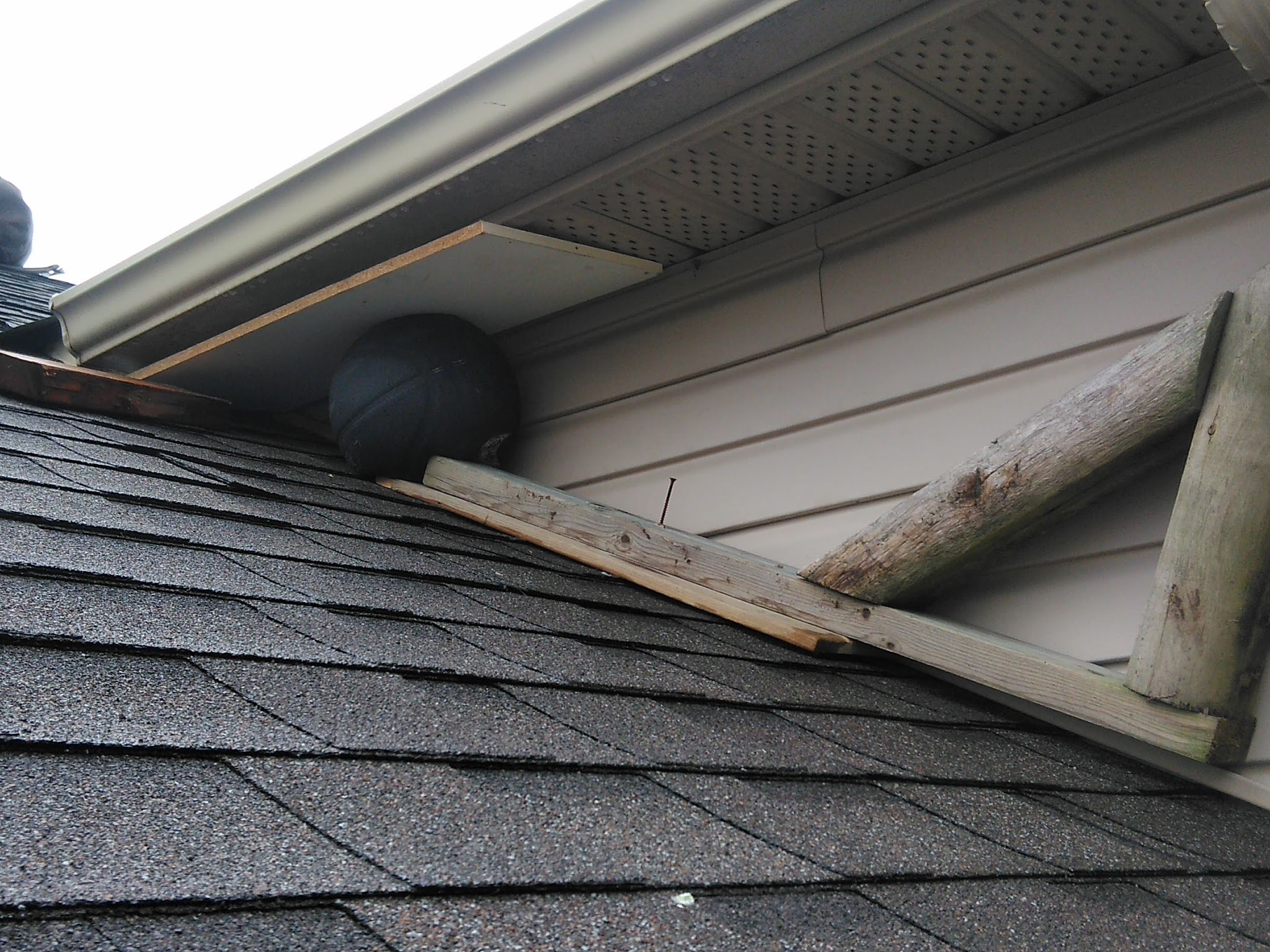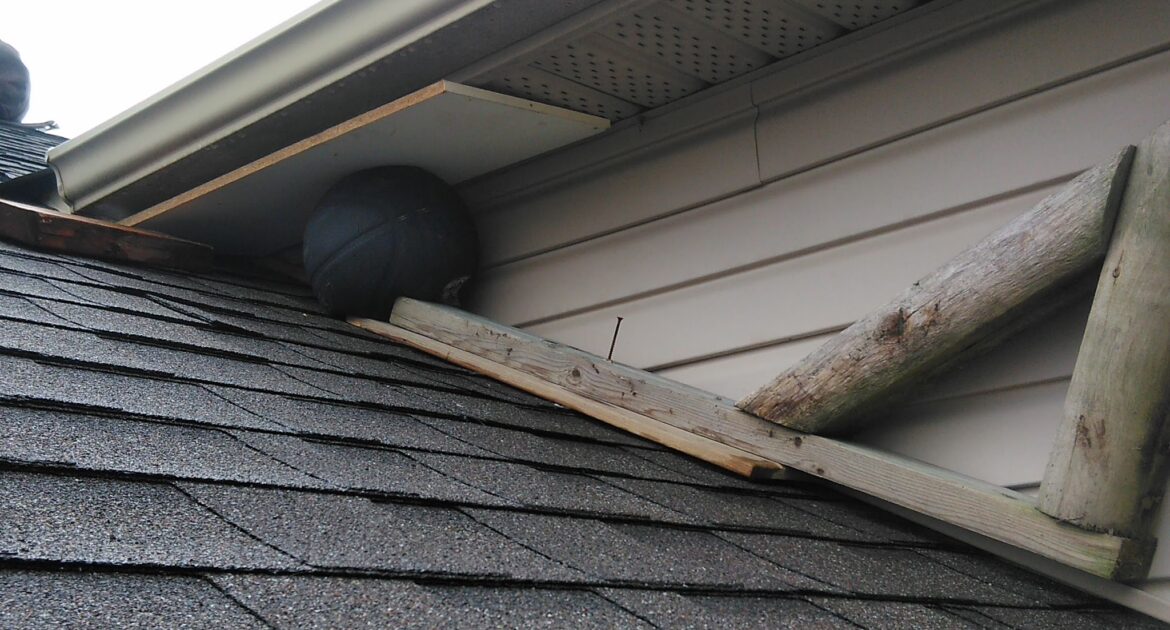People often make the mistake of believing wildlife removal and control is easy. Instead of paying a qualified service for mice control in Kitchener, a homeowner mistakenly believes a DIY method will be equally effective and save money.
Professional technicians understand animal behaviour, but more importantly, they know how those instinctual habits relate to home and property infestations or intrusions. Many people do not tend to realize how a wildlife intrusion is a behavioural problem, and often it is a result of human and animal habits.
When you rush into a DIY solution, you are compounding the risk of mistakes. It is never the intention of a homeowner to make a problem worse, but if you employ any of the following methodologies when attempting a non-professional removal, you can make your situation worse for you and the animals.
Prematurely Sealing Entry and Exit Points
More often than not, an individual feels like the quickest way to eliminate a wildlife problem from their home is by sealing all entry and exit points. While this method can work if you only have one animal in the house, it is impossible to know without a proper and thorough inspection.
Instead, by assuming you only have one animal in your home, it is easy to trap others inside. Many homeowners will wait until they see the animal leave the house and then quickly seal every entry point they find. Unfortunately, it is rare for a wild animal to nest alone.
More than likely, you are sealing babies inside the house and making it impossible for a mother to return to her young. The babies cannot survive, and even if they are old enough to search for food on their own, the exits are sealed, leaving them trapped.
Trapping and Relocating the Wildlife
If people do not turn to seal their property, they often decide to use traps. While a trap can be effective, it is crucial to look into your area’s trapping and removal guidelines. In some locations trapping specific species is illegal.
Additionally, people often assume the best course of action after trapping an animal is to relocate it. Relocation is one of the worst things you can do for an animal and its potential young. Wildlife grows up in an area and learns about the intricacies of the environment, like where to find food and water. By relocating the animal, you remove it from its home, causing confusion and reducing its likelihood of survival.
Finally, if you remove a female, you again take it away from its young. By eliminating the mother, the young will not survive.
Using Inhumane Traps or Methods
Another popular choice, especially when it comes to rodents, is inhumane elimination methods, like lethal traps or poisons. These methods are vile and cause significant pain for the animal. In some cases, the animal’s death is not quick but prolonged, leaving it to writhe in agony. No animal deserves such pain, even if some might consider it a nuisance.
Instead of risking potential mistakes that can exacerbate your existing problem or cause unnecessary harm and pain to wildlife, call a professional service to employ exclusion techniques. Skedaddle Humane Wildlife Control is an experienced and qualified service. The technicians are well-trained in removal techniques, and they can ensure the safety of the animals in and around your home.
No animal deserves to die or be removed from its home out of convenience and limited cost-savings. Contact a Skedaddle representative and come up with a legitimate and affordable removal option that works best for you and the wildlife in your area. The technicians will arrive on the scene and develop a custom plan to suit your specific needs.




